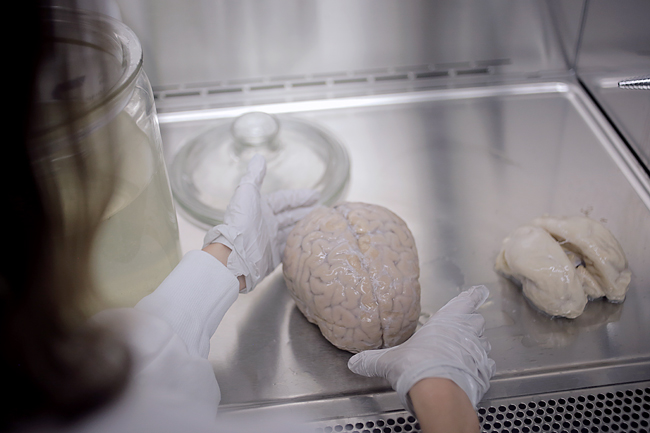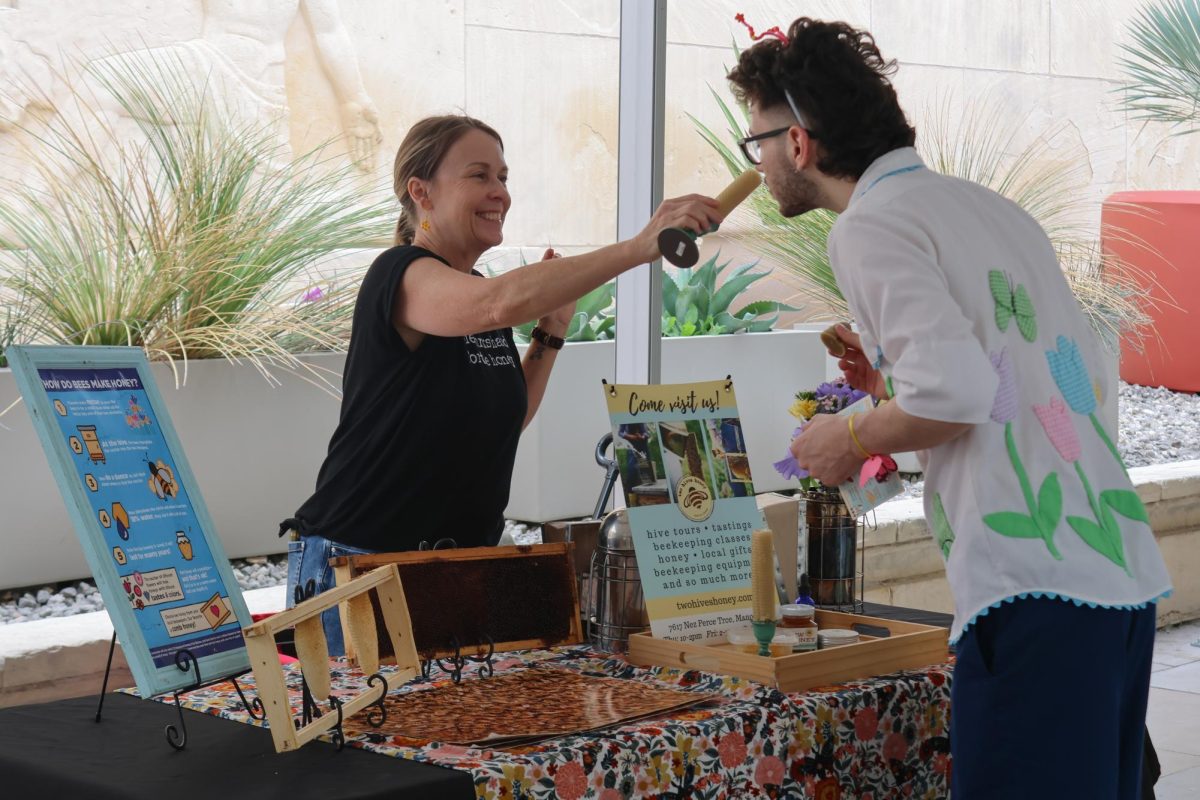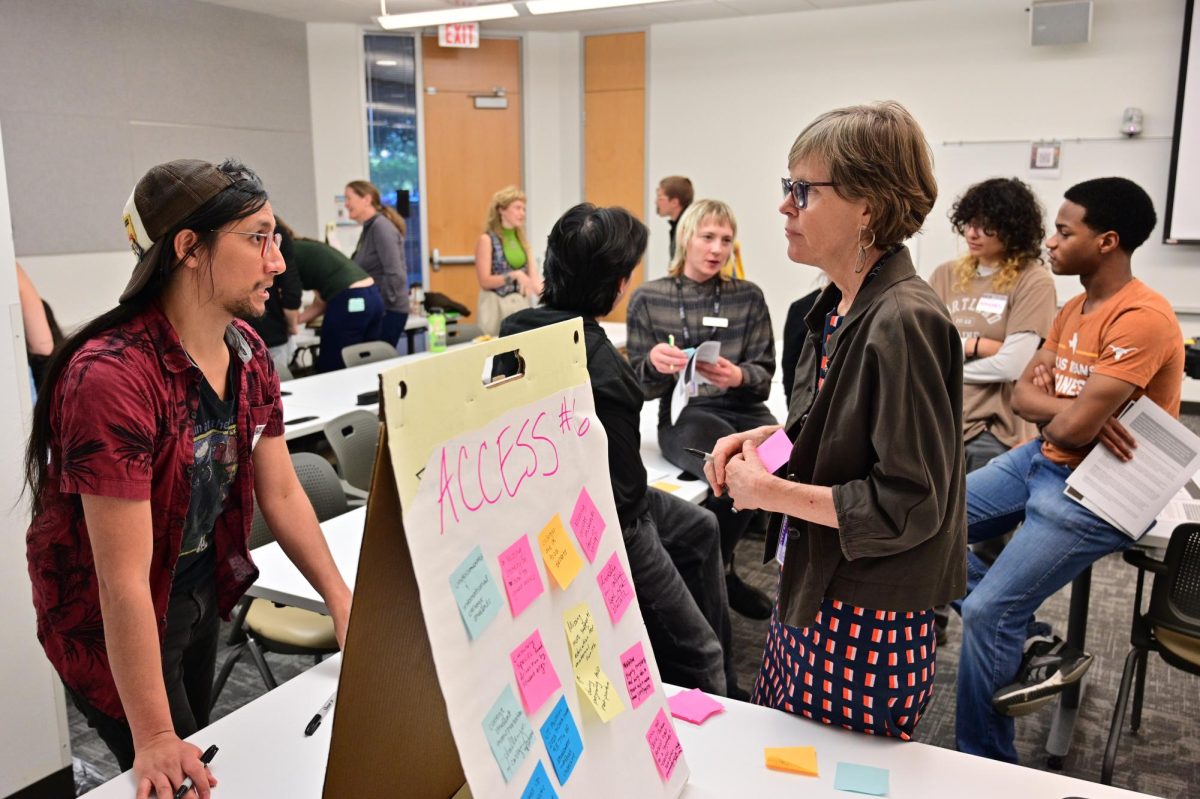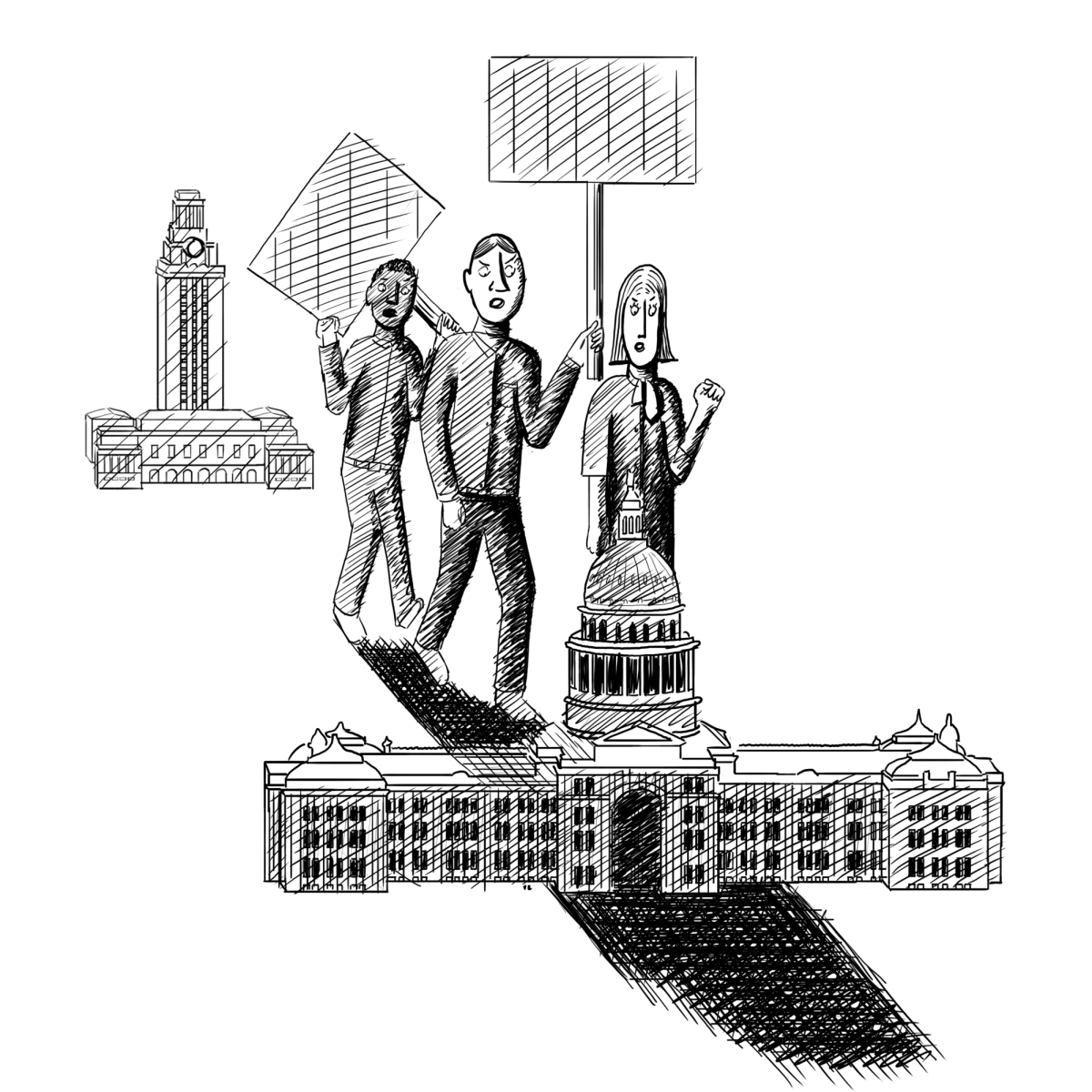Human brain specimens whose accompanying records have been lost will be available for the public to view as soon as renovations to the Sarah M. and Charles E. Seay Building are complete.
Jeffrey Luci, technical director of the University’s Imaging Research Center, leads a Freshman Research Initiative that plans to document the entire brain collection with high-resolution MRIs. The brains have been in storage at the University since 1986.
“From the perspective of the FRI course, being able to study pathology development and the different manifestations it assumes in each case is very valuable,” Luci said.
Various diseases rendered certain brains in the collection unrecognizable, psychology professor Tim Schallert said.
Schallert, who is the collection’s primary caretaker, said one brain specimen in the UT collection suffered from a condition called lissencephaly, which literally means “smooth brain” in Greek. The lack of brain folds in the frontal cortex reduces the brain’s total surface area and thus hinders development.
Luci said the opportunity to study lissencephaly is uncommon because there are few conditions that can cause it in the prenatal stage, including toxicity in the womb, bacterial infection and blood flow obstruction.
“This specimen is exceedingly rare,” Luci said. “I would be surprised if there was more than a couple in the world.”
In their study of brain pathology, neuroscience students at the University have direct access to this specimen and dozens of others.
Medical history for each specimen in the collection has been missing for several decades, Luci said. Therefore, nothing is known about the medical history of the people whose brains are being stored and examined.
“Medical case histories accompanied these brains, but somewhere along the way they were destroyed,” Luci said.
A signed agreement between UT and the Austin State Hospital affirmed that the hospital retained the patient files. The hospital could not be reached for comment, despite multiple attempts.
“Austin State Hospital didn’t want these brains anymore, so they gave them to us,” Schallert said. “We were told the medical history would always be there — and then they weren’t.”
Luci said the records are likely lost forever, but there is still much to be learned from the specimens.
“The goal is to eventually have all the [MRI images and other data gathered] publicly available when the renovations to the psychology building are complete,” Luci said. “As long as the funding stays available, there will be an exhibit.”
Psychology professor Larry Cormack said he is excited about the upcoming exhibit, which will provide the public with a new perspective on the brain.
“For each brain on display, we hope to have a sequence of high-resolution MRI images showing several different cross-sections to accompany them,“ Cormack said. “It will be a much more interactive learning process.”














